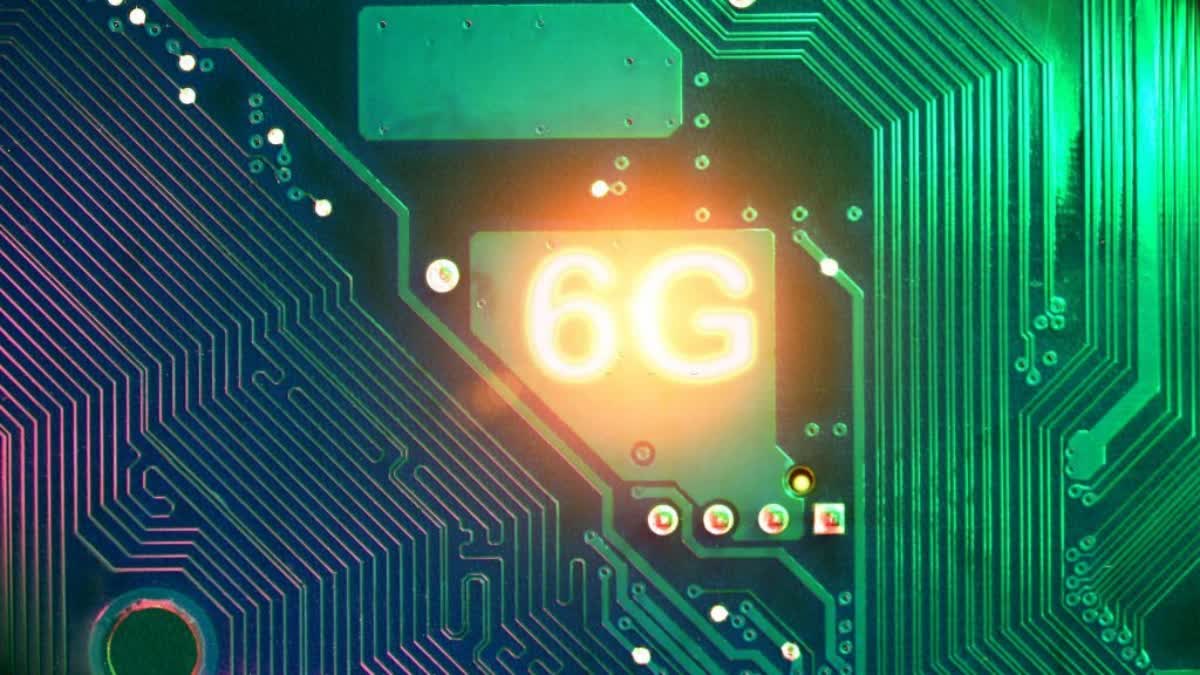Bengaluru: Researchers at the Indian Institute of Science (IISc) are working on designing antennas that can empower 6G technology, which is instrumental in realising efficient V2X (Vehicle to Everything) communications. In a recent study, the team, led by Debdeep Sarkar, Assistant Professor at the Department of Electrical Communication Engineering, shows how self-interference in full-duplex communication antennas can be reduced, and consequently the movement of signals across the communication network can be faster and more bandwidth-efficient.
"Such full-duplex antennas are particularly helpful for applications that require almost instantaneous relay of commands, like driverless cars", Bengaluru-based IISc said in a statement on Friday. Full-duplex antennas consist of a transmitter and a receiver to send and receive radio signals. Traditional radio transceivers are half duplex, which means that they either use signals of different frequencies for sending and receiving or there is a time lag between the signal transmitted and the signal received.
This time lag is needed to ensure that there is no interference the signals going back and forth should not cross paths with each other, similar to two people talking to each other at the same time, without pausing to listen to the other. But this also compromises the efficiency and speed of signal transfer.
In order to transmit data much faster and more efficiently, full-duplex systems are required, where both the transmitter and receiver can operate signals of the same frequency simultaneously. For such systems, eliminating self-interference is key. This is what Sarkar and his IoE-IISc postdoctoral fellow, Jogesh Chandra Dash, have been working on for the past few years, the statement said.
Also read:Launch debut of 3D-printed rocket ends in failure, no orbit
